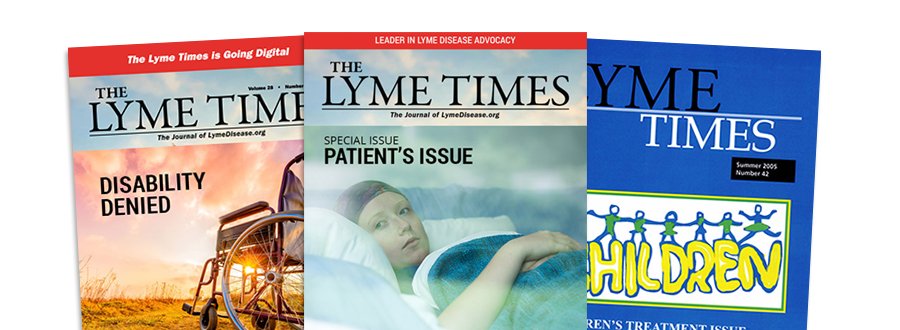- Home
- Find A Physician
- FIND A PHYSICIAN
- LymeTimes
- Current Issue
- Archives
- FEATURED LYMEDISEASE.ORG ISSUES
- Resources
- LYME LITERATE PHYSICIAN VIDEOS
- Physicians
- Members
- About Us
- Resources
T he Centers for Disease Control and Prevention (CDC) recently compared its annual surveillance Lyme numbers [those that meet the agency’s narrowly defined case definition] to the number of Lyme cases tallied in a database of major insurance claims from 2010 to 2018. The results of the study show that the CDC is still undercounting cases 1.
If you dig deep into the numbers, you see that the undercounting is much more severe in some areas—namely in southern and western states. This has huge implications for Lyme patients in those regions. Undercounting makes it much harder for them to get properly diagnosed and treated.
Here are my four main takeaways from the study:
- Undercounting is the rule: The CDC increased its estimate of annual cases of Lyme disease from 300,000 to 476,000, based on insurance claims made. That’s a 58% increase in estimated cases.
- Not all states are equal: In states the CDC considers low-incidence, only 1 in 50 cases is counted, while in high-incidence states 1 in 7 is counted.
- State-based gender bias: In states the CDC considers low-incidence, 63% of cases are female.
- The revised estimate does not affect surveillance cases reported by the CDC. Reporters and physicians rely on the CDC reports. This leaves the public unaware and harms patients by giving their physicians a false sense that Lyme disease is not a big problem.
CDC undercounting of Lyme disease is more severe in some areas—namely in southern and western states.
Misdiagnosis of Lyme Disease by Geography Is a Big Problem
It’s important that the CDC is acknowledging an extraordinary amount of undercounting, and it is also important that they are looking at other big data sources (insurance claims) to see how far off the mark they are. However, the degree to which the CDC surveillance system undercounts cases is not equally distributed geographically. States that are considered low-incidence states are disproportionately undercounted.
The table below shows the amount of underreporting reflected in the lower number of surveillance cases compared to the number of insurance claims in the CDC study in high-incidence, neighboring states, and low-incidence states:…..Join or login below to continue reading.
You must be a LymeDisease.org member to access this content.





























